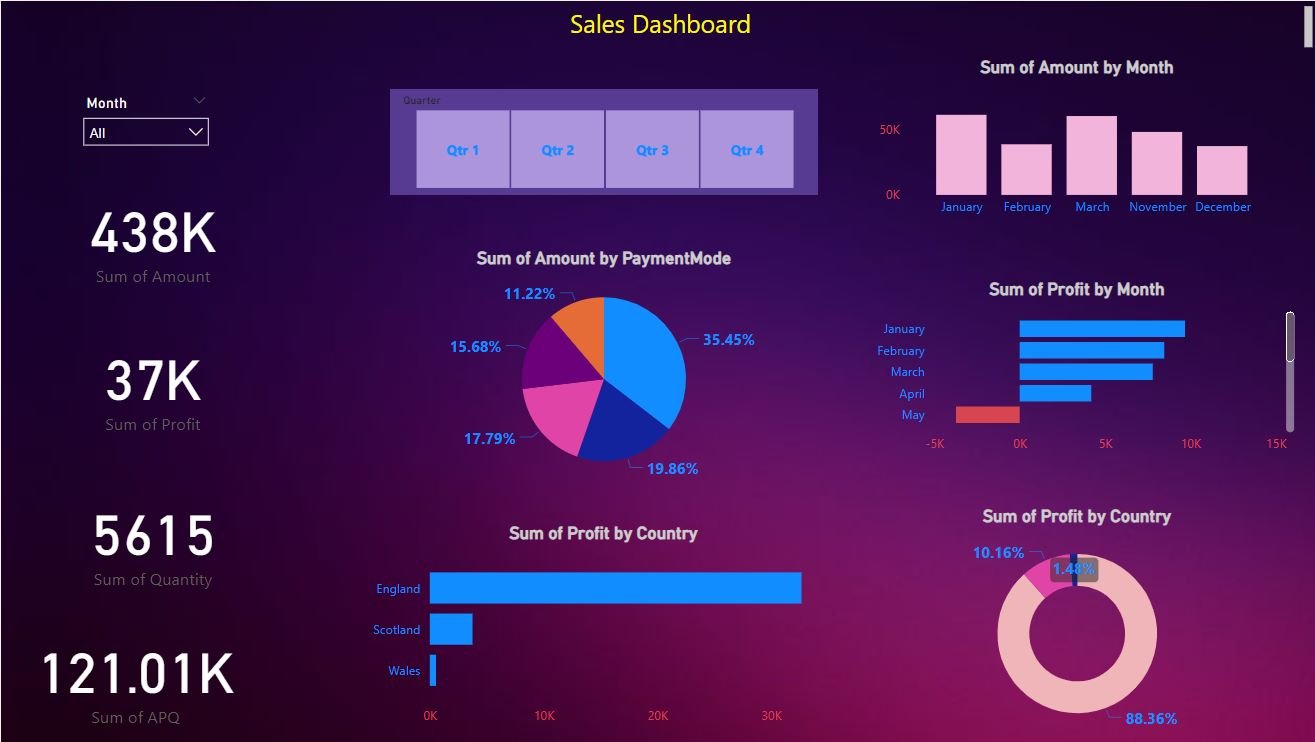In today’s digital age, data reigns supreme. Every click, swipe, and interaction leaves behind a trail of valuable information waiting to be deciphered. Data analysis course is the key to unlocking the insights hidden within this vast sea of data. It empowers businesses to make informed decisions, drive innovation, and stay ahead of the curve in a fiercely competitive landscape.
The Rising Demand for Data Analysts
With the exponential growth of data, the demand for skilled data analysts has reached unprecedented heights. Companies across industries are on the lookout for professionals who can navigate complex datasets, extract meaningful patterns, and translate them into actionable strategies. From finance to healthcare, marketing to e-commerce, the need for data analysis spans across diverse sectors, creating a multitude of opportunities for those proficient in this field.
Mastering Data Analysis: A Comprehensive Guide
1. Understanding Data Types and Sources
Before diving into data analysis, it’s crucial to grasp the different types of data and where they originate from. From structured databases to unstructured sources like social media feeds and sensor data, each type presents its own set of challenges and opportunities. By understanding the nuances of data sources, analysts can tailor their approach to extract maximum value.
2. Exploratory Data Analysis (EDA)
EDA serves as the foundation of data analysis. It involves visually exploring datasets, identifying trends, outliers, and patterns, and gaining initial insights into the underlying data structure. Techniques such as data visualization, summary statistics, and correlation analysis are essential tools in the EDA toolkit, enabling analysts to uncover hidden relationships and anomalies.
3. Statistical Analysis
Statistical analysis forms the backbone of data analysis, providing the framework for making evidence-based decisions. From hypothesis testing to regression analysis, statistical techniques allow analysts to draw meaningful conclusions from data, quantify uncertainty, and assess the significance of results. Mastery of statistical methods is essential for deriving accurate insights and making informed recommendations.
4. Data Cleaning and Preprocessing
The quality of data analysis hinges on the cleanliness and accuracy of the underlying data. Data cleaning and preprocessing involve identifying and rectifying errors, missing values, and inconsistencies within datasets. Techniques such as imputation, outlier detection, and normalization ensure that the data is fit for analysis, laying the groundwork for reliable results.
5. Machine Learning and Predictive Modeling
As the volume and complexity of data continue to grow, machine learning has emerged as a powerful tool for data analysis. From predictive analytics to clustering and classification, machine learning algorithms enable analysts to uncover intricate patterns and make accurate predictions based on historical data. Understanding the principles of machine learning and selecting the right algorithms are essential for leveraging its full potential.
6. Data Visualization and Communication
Effective communication of data analysis findings is paramount for driving organizational decision-making. Data visualization techniques such as charts, graphs, and dashboards transform complex datasets into intuitive visuals that resonate with stakeholders. By crafting compelling narratives and presenting data-driven insights in a clear and concise manner, analysts can influence key stakeholders and drive strategic initiatives forward.
Conclusion: Empowering the Future of Business with Data Analysis
In an era defined by data, the ability to harness its power has become a prerequisite for success. Data analysis empowers businesses to uncover hidden opportunities, mitigate risks, and drive innovation at scale. By mastering the art and science of data analysis, professionals can position themselves at the forefront of a data-driven revolution, shaping the future of business and society at large.
